Creative inventors with creative ideas need creative capital
“As a first-gen entrepreneur and professional by training, I have become contemptuous of the local investor community—it uses a cookie cutter approach with very limited imagination. They would rather blow their cash on an app (without proof of concept) than on a good service model that has growth potential. We pretend in India to be like the Silicon Valley guys, but we don’t really have the b****s!”
This was the explosive start to a mail I received recently from an obviously frustrated entrepreneur. The irony is apparent. As Govind (not his real name) struggles to raise a few crores to scale up his business, thousands of crores have been pouring into e-commerce and asset-light technology-driven businesses patterned on an Uber or an Airbnb. While it is possible that some of these new models will become big in India, the fact is that many of the individual companies funded will crash as each model is likely to witness only two or three big winners.
Govind is not alone. Other types of new ventures are facing similar problems. A recent article in Mint points out that dozens of innovation-driven tech start-ups are struggling to raise money to take their businesses to the next level.
The Funding Challenge
Over the years, at the aggregate level, there has been a substantial increase in the funds available to Indian businesses from private equity and venture capital. Today, large international funds have an Indian presence. Though there are frequent murmurs about the vagaries of the Indian taxation system, billions of dollars of venture capital/private equity investment have been pouring into India.
But I wonder whether these are the only type of investors we should be seeking. The classical venture capital model is predicated on seven-eight of every 10 investments tanking, one-two having some moderate success, but huge returns on one in 10 investments that make up for the poor returns on the others. Recent reports speak about blurring of lines between private equity (which typically comes in at a later stage) and venture capital as everyone wants to be at the party.
Govind ended his mail with:
“I think investors must look at roping in domain experts (beyond their own borders) so that they develop in-depth understanding of these sectors. I think the challenge in India is that the people facilitating investments are not themselves entrepreneurs (or led by entrepreneurs) in many instances—so they are risk averse (a bean counter mindset) and exhibit a herd mentality (apps are the new sunshine).”
How do we catalyze such investments by domain experts? Here the role of seed capital for new funds comes in. Israel’s famous Yozma model which brought into that country highly accomplished tech investors with substantial operating experience has been around as a role model for a couple of decades. It’s good to see that we have finally realized the value of Yozma.
In its quest for growth and employment, the current government has actively embraced a pro-start-up stance. One of its initiatives is the recently announced India Aspiration Fund (IAF) built on the Yozma concept. IAF is conceptualized as a “fund of funds” and will invest in venture capital firms, not directly in enterprises. I am hoping that the government will ensure that its 2,000 crores is well-distributed across investments in different sectors and business models.
But even the IAF will not be able to meet the needs of all types of firms. I often come across business ideas that have moderate risks with moderate returns that don’t fit the profile a typical venture capitalist is looking for. Unfortunately, these firms lack the assets that could be offered as collateral security. Our already risk-averse banks are now focused on addressing a huge problem of non-performing assets (NPAs), so it’s unlikely that they would be very enthused to fund such businesses anytime soon.
From Creative Confidence to Investment Confidence
Much has been written and debated about the recent criticism by Infosys founder NR Narayana Murthy that India has not been the source of major inventions in the decades since independence. While there has been a tendency to blame our scientists and engineers or the government, I would lay some of the blame on our financial system as well. Creative inventors with creative ideas need creative capital!
Herd behaviour or what organization theorists would call isomorphism is not uncommon as a risk mitigation strategy. But, as a student of strategy, I would back distinctiveness any day. Doing whatever everyone else is doing can’t create a distinctive competitive advantage and that is true for investment firms as well.
In our work on building innovation capabilities, we emphasize the importance of building creative confidence. This is not a term we coined, in fact it comes from the Kelley brothers of the iconic design firm, Ideo. Creative confidence has a special resonance in India where over a couple of hundred years we lost our faith in our own creative abilities. But successful innovation requires not only the creative confidence of the inventor but the confidence of the investor to back new ideas.
What kind of an investor is likely to have that confidence? Probably one who has the experience of doing it himself. As Govind wrote in his mail, an investor with a primarily financial background is unlikely to have the confidence to back a radically new idea.
And, finally, some Bigger Questions
Sometimes, I wonder whether there is a fallacy in basic economic theory. For, Economics tells us that in an efficient market, investments will go into the most productive applications. But, is driving consumerism or bringing more taxis onto India’s already jam-packed roads the best use of money?
In the adoption of technology or new business models, India tends to imitate the West with a lag. But, given that our needs are so different, does that really make sense?
Not so long ago, there was a lot of interest in innovation at the bottom of the pyramid, and so-called frugal innovation. These were seen as critical to solving the myriad social problems that India faces. But now these have been displaced, at least from media glare, by the stratospheric valuations of online food or grocery stores. It would be a mistake to lose sight of the importance of these innovations and we need to find ways of continuing to support and nurture enterprises built around them.
In many cases, these enterprises are social enterprises with positive societal externalities. The National Innovation Council under the previous government had a plan to create an India Inclusive Innovation Fund to support such enterprises. I hope this idea is not lost in the noise and excitement that we are seeing today.


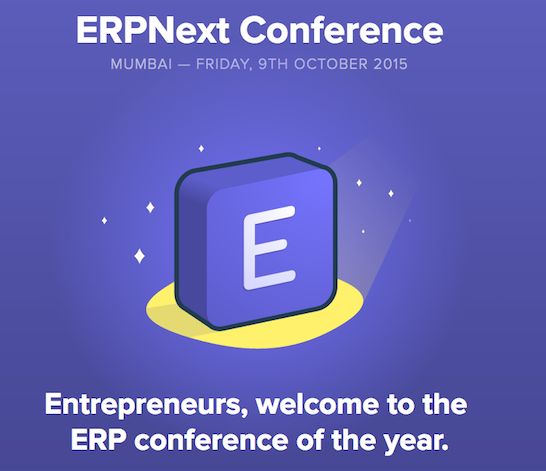
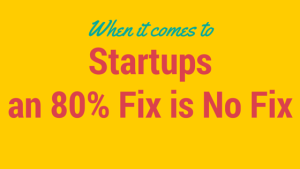 In this polytheistic world of entrepreneurs, who is the Startup Initiative for? If it’s for all the various types of entrepreneurs, then it will quickly succumb to the 80% syndrome. Policy-makers will address things that are the common denominator for all types of entrepreneurs. While this is necessary , it’s not sufficient. As any product manager in the technology industry will tell you, this 80% fix is a recipe for failure.
In this polytheistic world of entrepreneurs, who is the Startup Initiative for? If it’s for all the various types of entrepreneurs, then it will quickly succumb to the 80% syndrome. Policy-makers will address things that are the common denominator for all types of entrepreneurs. While this is necessary , it’s not sufficient. As any product manager in the technology industry will tell you, this 80% fix is a recipe for failure. Each of these types of entrepreneurs is in pain today . Last year 54% of the funded technology startups redomiciled themselves outside India. This year, iSPIRT estimates, the exodus has accelerated and the number of companies redomiciling out of India will be
Each of these types of entrepreneurs is in pain today . Last year 54% of the funded technology startups redomiciled themselves outside India. This year, iSPIRT estimates, the exodus has accelerated and the number of companies redomiciling out of India will be 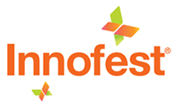
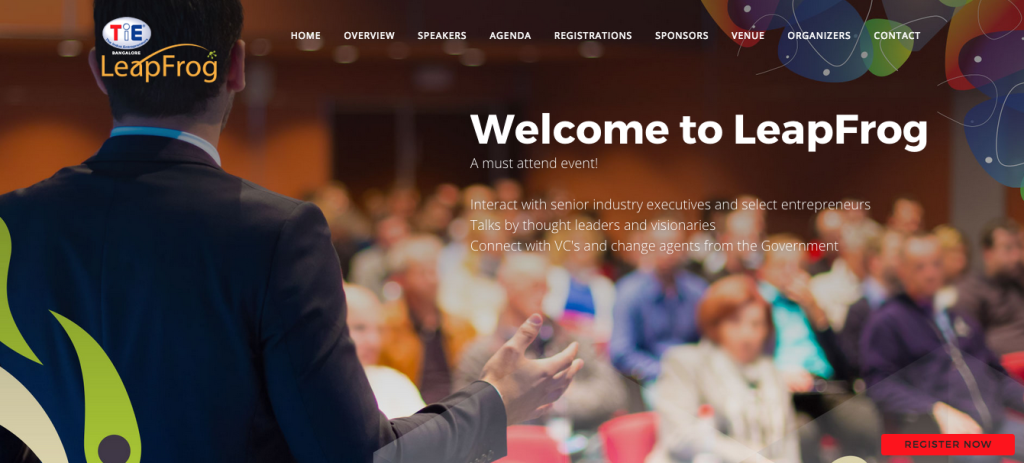
 I’ve been following the FinTech industry for a while now and can see spurt of activities in different parts of the world and different sections of the communities coming together to give it its due importance.
I’ve been following the FinTech industry for a while now and can see spurt of activities in different parts of the world and different sections of the communities coming together to give it its due importance.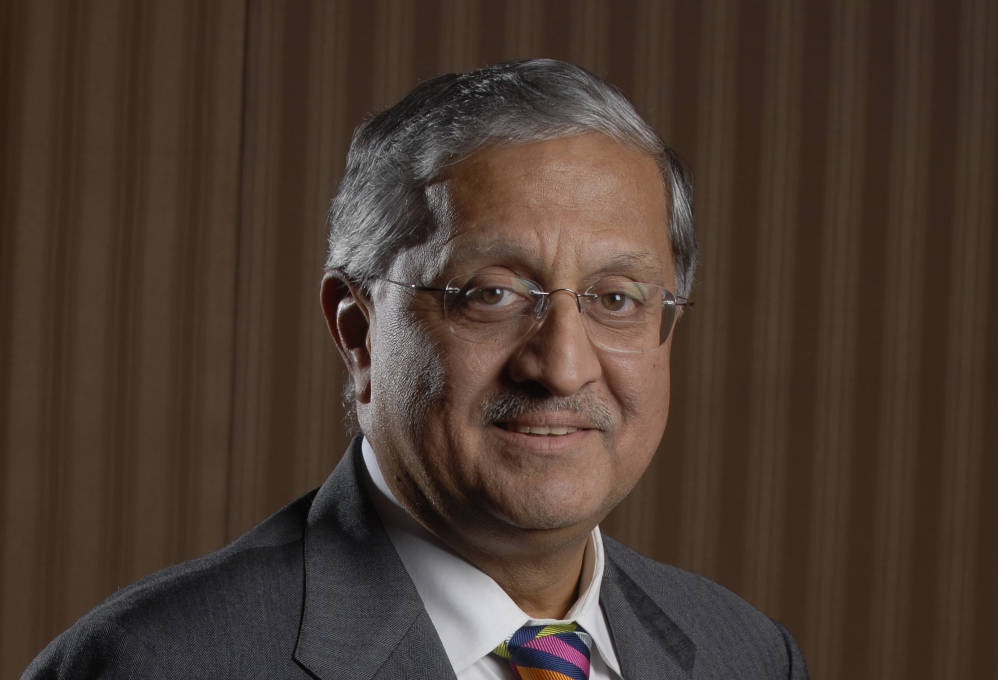 The first was to revel in stories, as these are the best ways to share the hope and meaning of human progress. I couldn’t agree more. This is why, inspired by the Heath brothers Chip and Dan, Vinay Dabholkar and I centred our book 8 Steps to Innovation: Going from Jugaad to Excellence (HarperCollins, 2013) around stories. Stories, and even myths at times, play a crucial role in overcoming the fear of failure, one of the biggest obstacles to innovation. One of the world’s most innovative companies, 3M, does this wonderfully well when it encourages storytelling about the hundreds of inventors within the company who went on to succeed at last in spite of failing many times on the way.
The first was to revel in stories, as these are the best ways to share the hope and meaning of human progress. I couldn’t agree more. This is why, inspired by the Heath brothers Chip and Dan, Vinay Dabholkar and I centred our book 8 Steps to Innovation: Going from Jugaad to Excellence (HarperCollins, 2013) around stories. Stories, and even myths at times, play a crucial role in overcoming the fear of failure, one of the biggest obstacles to innovation. One of the world’s most innovative companies, 3M, does this wonderfully well when it encourages storytelling about the hundreds of inventors within the company who went on to succeed at last in spite of failing many times on the way.